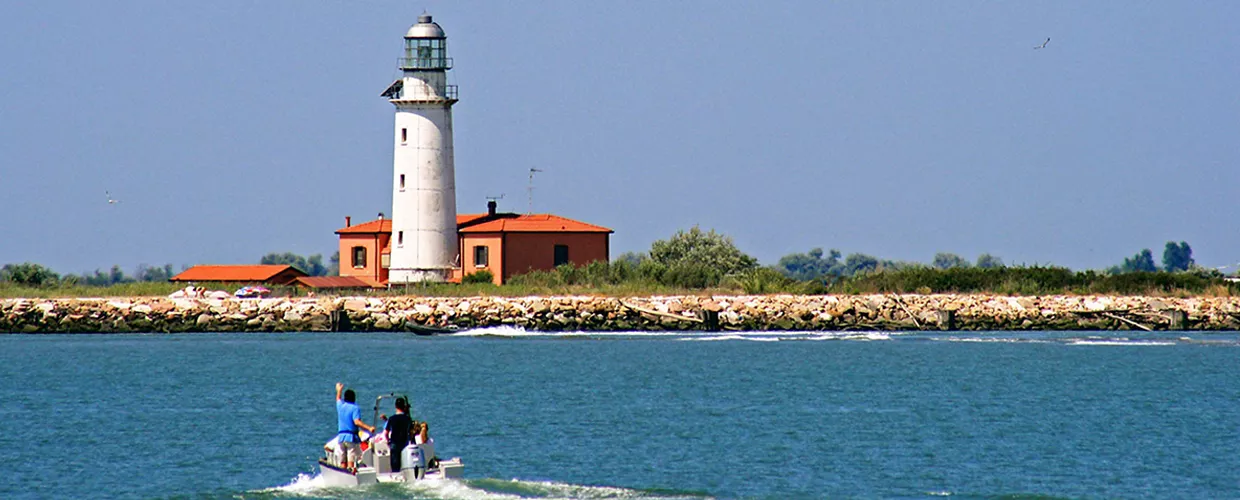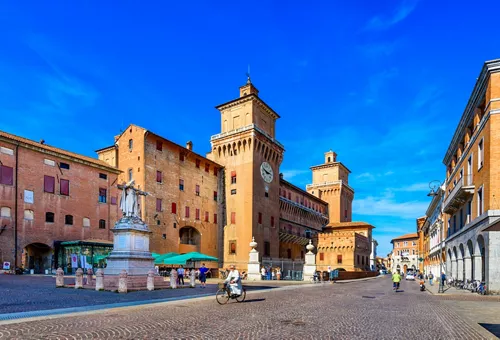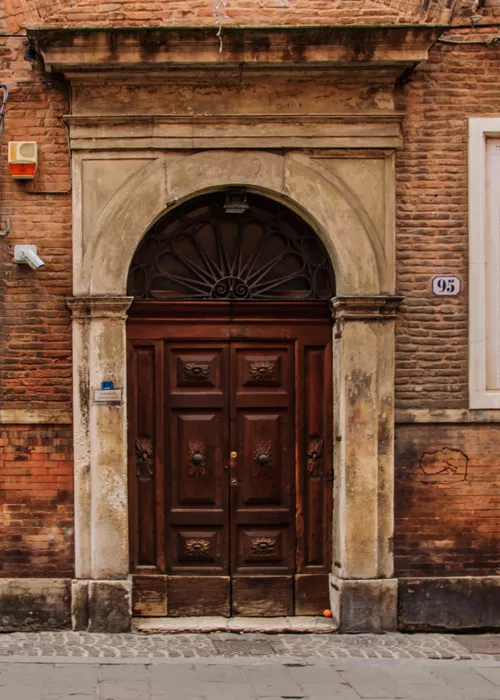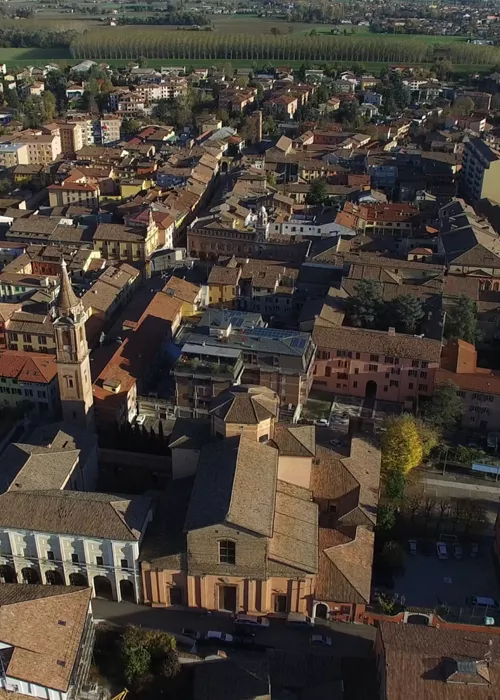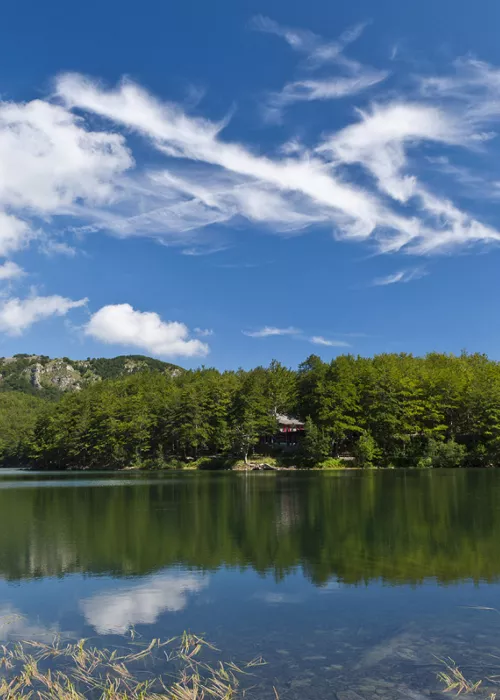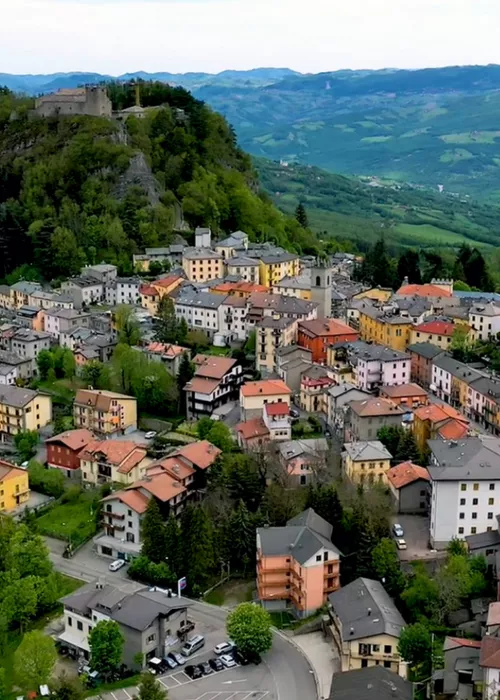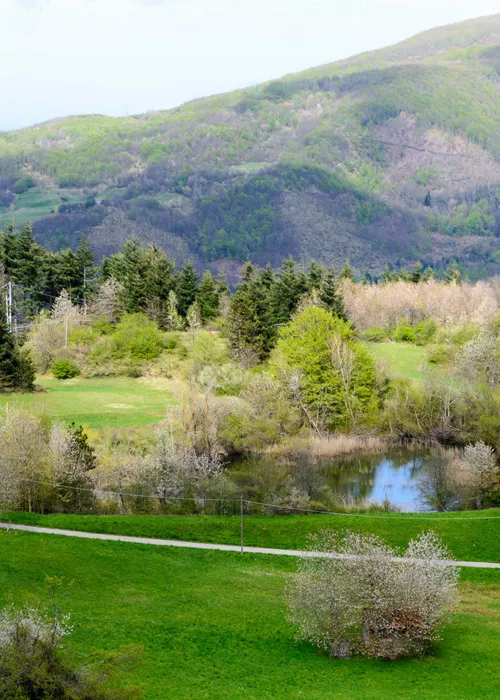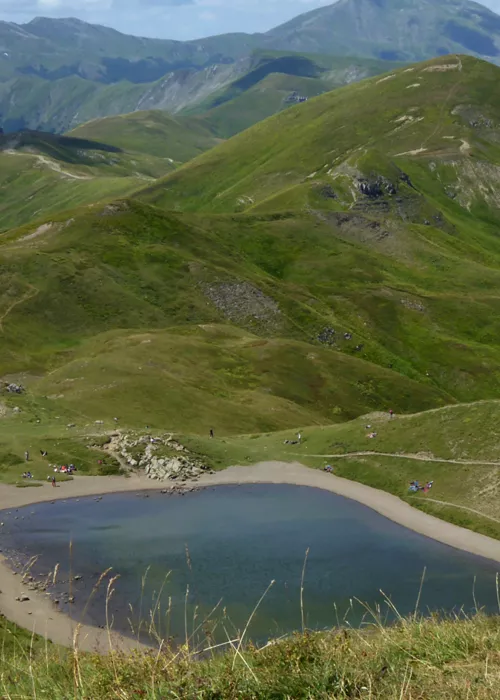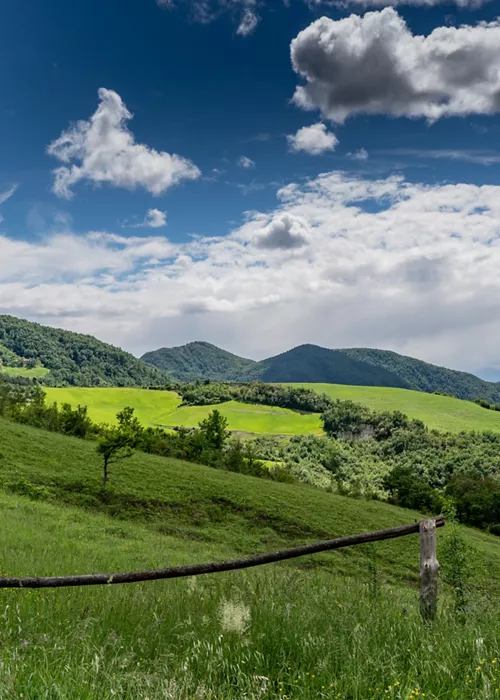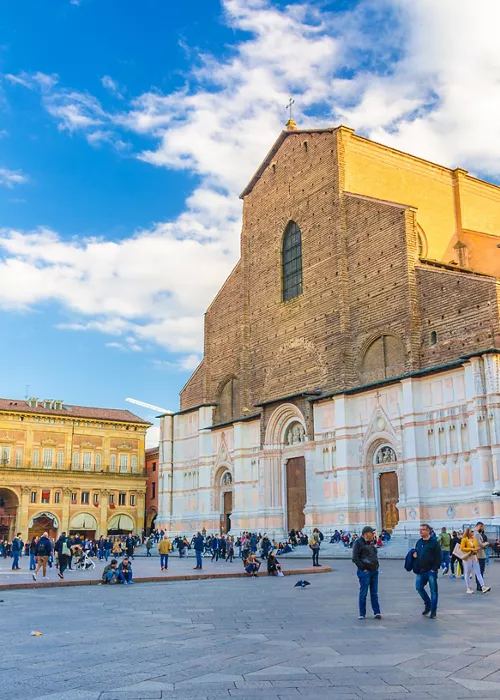The Island of Love and the Goro Lighthouse
Nature and romance in the Po Delta
The Goro lighthouse looks like a child's drawing: a white cylindrical shaft topped by a beautiful lantern; 22 metres high (a fair thing, on a human scale); and, of course, complete with the lighthouse keeper's house. As for its location, it's not on a cliff beaten by breakers, but on a soft Adriatic beach. Bird's eye view: sand dunes, reed beds and lagoons. Background scenery: the Po Delta, to be precise, the branch that marks the boundary between the towns of Rovigo and Ferrara, and once marked the boundary between the Republic of Venice and Romagna, with all its history and cuisine: the Po di Goro, which was a maritime town under the papal flag. Having exhausted its maritime function, today the lighthouse is the lovely attraction of one of the most pristine beaches in Italy. It is no coincidence that it is mostly reached by river, leaving the superfluous on dry land.
Why it is special
On official maps, this strip of the Po Delta goes by the name of Scanno di Goro. The word "scanno" indicates those sand bars formed by a river outside its mouth by the sedimentation of alluvial materials. In recent years, the miraculous transformation: renamed Isola dell'Amore (Island of Love), it has become the most romantic place in the Delta. The most common way to reach it, in fact, is by boat, and this certainly contributes to its romantic aura. When you disembark, you find yourself walking barefoot, hand in hand, through the dunes brushed by the breeze. Mother Nature then wants the lighthouse to stand out against such sunsets as to disarm even the most reluctant to let go. And last but not least, the lighthouse is now a languid restaurant with a small hotel...
Not to be missed
From the lighthouse, walking along the beach, or even better sailing in the surrounding shallows, you can see how this extreme frontier of the Delta fringes into the archipelago of changing sandy contours that forms the "Sacca Di Goro Dunes and Islands Nature Reserve". This is the realm of sea and lagoon birds, whose presence is mainly subject to the tidal cycle. Large areas of silt emerge cyclically with the tide, for the benefit of small waders that probe it with their long beaks in search of nourishment. The flamboyant oystercatcher is a sedentary species, while many other small waders are seasonal visitors: sandpipers, godwits, curlews, plovers... It will be up to experienced birdwatchers to identify the individual species.
A bit of history
The story of the Goro lighthouse is a clear demonstration of the advancing coastline of the Delta. The lighthouse that now stands on the beach has recent history: it is in fact the 1950 reconstruction of the one destroyed at the end of World War II. Due to the continuous advancement of the delta, the previous lighthouse, built in 1864, is now located a few kilometres upstream from the coastline. The traditional square-based building, now called Vecchia Lanterna ("old lantern"), still stands along the riverbank and has been adapted as a naturalistic observation tower on the Sacca di Goro. Going even further back in time, the development of Goro as a fishing centre dates back to the early 18th century and it was probably equipped with its own lantern, of which, however, no trace remains.
Good to know
The Scanno di Goro is one of the Italian sites where it is easiest to come across the oystercatcher (Haematopus ostralegus), a habitué of beaches and tidal flats. It is a showy bird, quite big, 40 centimetres in length, 80 in wingspan; it has an elegant livery, black from head to back and white from breast to undertail; its legs are red. Its beak is very easy to recognize, coral-coloured, long, flattened and robust, suitable for breaking open the shells of molluscs, which are its most congenial nourishment. The name oystercatcher refers to that. In spring, the oystercatcher nests in fairly dense colonies among the sandbanks. Birdwatchers must be very cautious now, and must avoid to approach the area where the young of the year roam among the dunes: the adults will launch themselves into intimidating swoops against anyone who dares to cross a certain threshold.
Credit to: Panoramio upload bot



